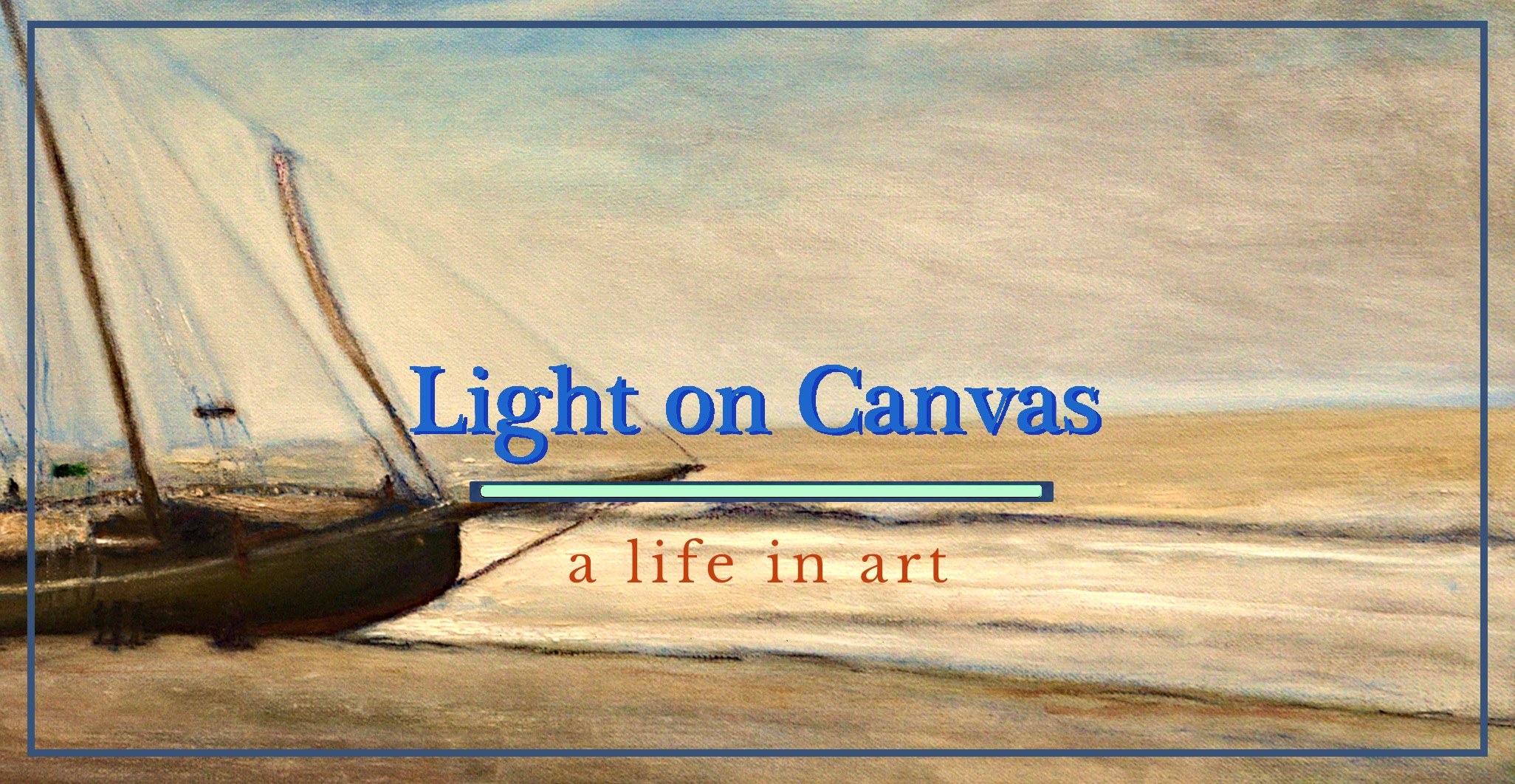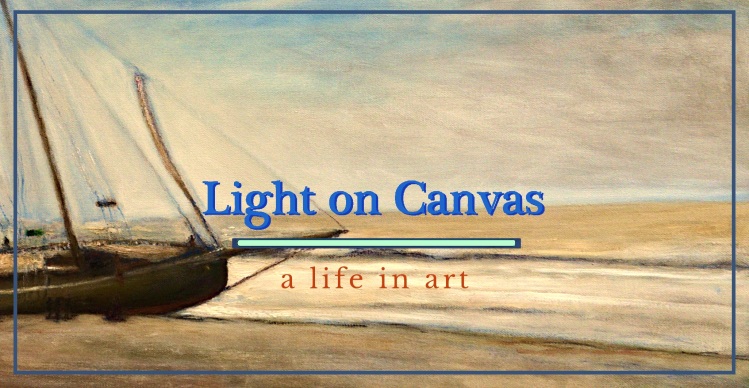Everything is in everything.
I’ve come across this statement in Rancière’s Ignorant Schoolmaster.
Everything is in everything.
It hits home with me as a painter, directly, viscerally.
It’s clear when we look at a Cezanne, for example.

It’s there in the inter-relationships of color, the way form is carved from a field of space. The way, ultimately, he is painting air.
I’ve been considering the field of a painting’s surface. One way to begin to be aware of this is to retrace the insights of Picasso/Braque in the earliest analytical Cubist paintings as they developed upon the foundation of Cezanne’s work. These paintings have their idiosyncrasies. It is easy to fall into an expectation that they have in some way “analyzed” Cezanne and therefore “solved” what he was doing. We have the trail of Cezanne quotations collected as aphorisms intended to back this progressive reading.

What I’d prefer to do is take them as they happened and not as they came to be seen later as foundational “documents” inaugurating the institution of Modern Art. Remember that Cezanne worked for a lifetime with little and only late support. There was no consensus on the quality of his painting until the very end of his life and Picasso/Braque in the oughts and early teens of the last century worked in poverty and obscurity. None of them were concerned with establishing a dogma. They were exploring. They followed intuitions and struggled with uncertainty and they painted what they painted because it’s what came out. There was/is a very different attitude involved in such an endeavor than we find in “research,” analysis bound to hypothesis and seeking to “prove” or “disprove” something or other.
There is a weightlessness to such work. That is to say it does not carry any external momentum. They are not “furthering History” or “making progress.” They are finding what comes out on the canvas when it is confronted with a simple and humble honesty as they engage at the intersection of perception in contact with a medium.
How do they respond to Cezanne? They are, in a way, analyzing what they saw in the elder painter’s work. Exaggerating an aspect, in this case the sense of a shallow relief – that the space of the painting is carved into a series of planes of color that inflect the space of the field, pushing in here, swelling outwards there. – they explore how this works. This exaggeration and focus pushes aside their familiarity with Cezanne’s paintings and restored some of the sense of what in his day had been startling simplifications.
One of the things that happen in a painting occurs at the interaction between mimesis and physicality. An Academic painter of the Nineteenth Century would attempt to hide the physicality of the work, displaying mimesis without a tension created by the record of how the work was made, of what it was made. We appear to be looking at a scene through a transparent window. Such a scene exists in ideation alone. It is a record of an ideal.

Cezanne and the Impressionists, Degas, and van Gogh all worked to return physicality to painting. The image, the “scene,” exists only within a tension with the object of the painting itself. The image is in this way present, as present as the paint and canvas, and not an illustrated ideation. This shows us how painting can be an exploration of our place in the world-as-it-is as vital as Physics or Philosophy.
* * *
Painting air.
There is something so simple and clear about this way of looking at what we do on a canvas. Air is the medium of our lives. We breathe it. We see through it. It is material but also transparent. It varies in its ability to transmit light and its constitution affects how light is transmitted, what color looks like. We believe we exist in a world of objects arrayed in a void, a world of separation and distinctions, but when we begin to paint we find that this attitude produces nothing more than the most fatuous imitation, a schematic representation with no compelling satisfaction.
Turning to the works of a Cezanne, we find something else entirely. Capturing the connections, the inter-relations, the common air in which our world swims; he has created paintings that shimmer with the tension between mimesis and physicality. The two become inextricably linked. Energy held in a tension of uncertainty and tentative exploration results in an unmistakable presence. We recognize the act of seeing and as we ourselves confront the work with our sight. We find it resonating with a poesis beyond simple mimesis.

The Ignorant Schoolmaster warns us of the violence inherent in explanations. We separate ourselves into those who know and those who don’t. We bury ourselves in stupefaction as we convince ourselves and each other of a hierarchy of knowing. Upon this cleavage we rend everything apart, breaking the central intuition explored within the Implicate Order that the universe is holographic. That every part holds all, and is inextricably linked within a bubbling forth of the explicit as perceived from within a tacit sensibility. It is on this basis that Kitsch and academic art is judged lacking, not as a social game of “who’s in front?” Avant guardisme is a parasitic attitude that seeks to pull such moments of insight back into the violence of separation, of chasing after power, of seeking salvation.
There is no explaining art, only making and confronting art.
As we do, let us keep in mind that everything is in everything. That we are painting air, carving into a field of vision coexistent with the surface of paint on canvas. We discover, and we recognize, we affirm, that everything is in everything. We do not push up against the glass. We breathe the air of a living world in tension between what-is and what we perceive.



4 thoughts on “Painting Air”